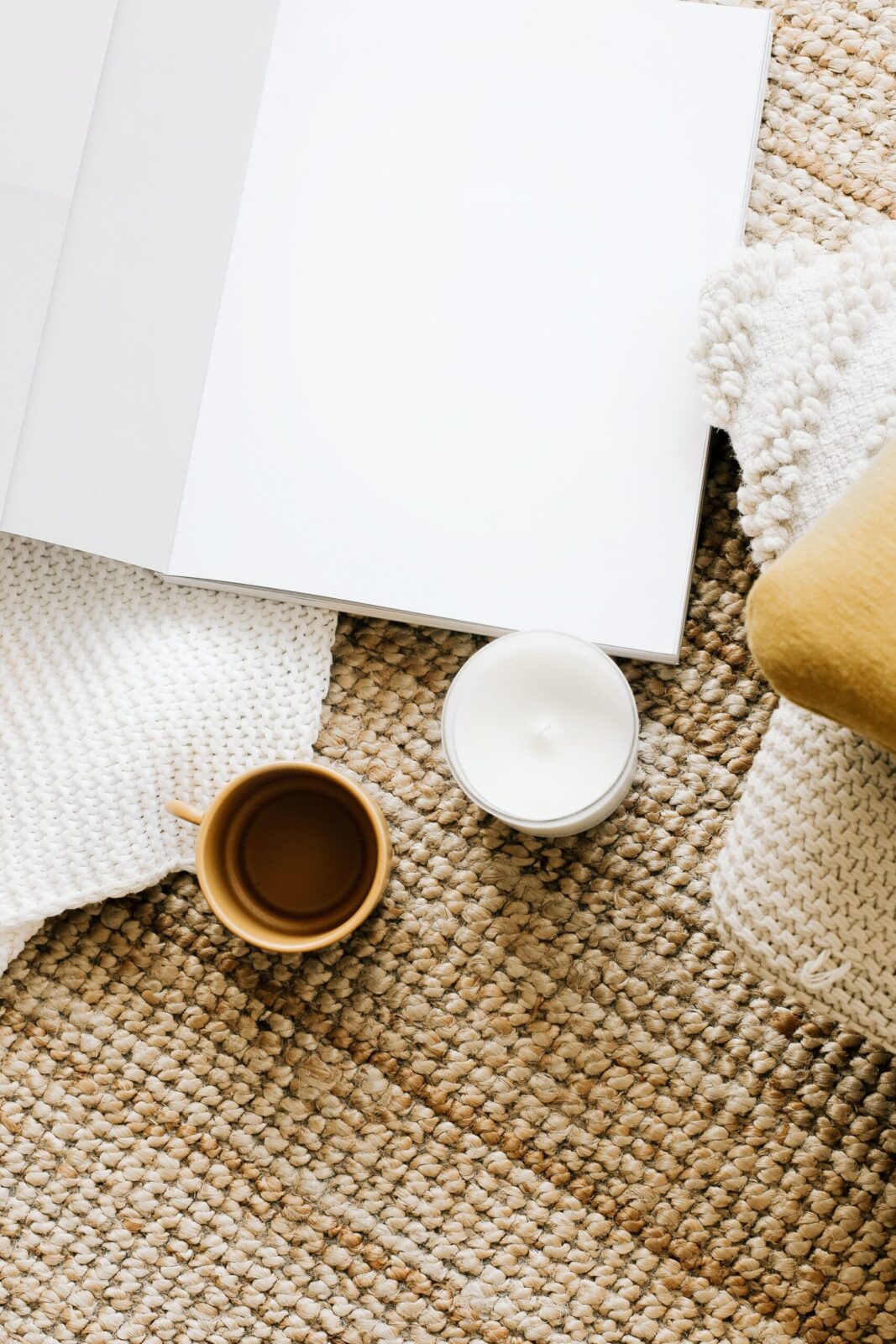Creating white space in your life refers to intentionally setting aside periods of time and mental clarity to disengage from the constant busyness and demands of daily life. It involves carving out moments of calm, stillness, and solitude amidst the chaos and noise. The concept of white space is derived from graphic design, where it represents the empty areas intentionally left blank to enhance visual aesthetics and legibility.
In the context of life, white space serves as a metaphorical breathing room or mental hiatus. Creating white space in your life involves intentionally incorporating periods of calm and clarity amidst the busyness and demands of daily life. It allows you to recharge, reflect, and regain focus, leading to increased productivity, creativity, and overall well-being.

Here are a few ways to create white space:
- Unplug and disconnect: Step away from digital devices, social media, and constant connectivity. Designate specific times or days to disconnect from technology, allowing yourself to be fully present at the moment.
- Evaluate your current schedule: Take a step back and examine your current commitments, tasks, and activities. Identify areas where you can make adjustments and create more room for yourself. Consider which activities are essential and align with your priorities, and which ones you can let go of or delegate.
- Carve out regular downtime: Schedule regular periods of downtime in your calendar. This can be a few minutes each day or longer blocks of time, such as a weekend getaway or a personal retreat. Use this time to recharge, rest, reflect, and engage in activities that bring you joy and rejuvenation.
- Practice mindfulness: Engage in activities that promote mindfulness and self-awareness, such as meditation, deep breathing exercises, or yoga. These practices help cultivate inner calm and clarity.
- Simplify and declutter: Eliminate unnecessary physical and mental clutter. Declutter your physical surroundings, and organize your living and working spaces, as a clutter-free environment can promote a sense of calm and clarity. Similarly, simplify your schedule, commitments, and to-do lists, focusing on what truly matters.
- Engage in leisure and hobbies: Dedicate time to activities you enjoy and that bring you joy, whether it’s reading, painting, gardening, playing a musical instrument, or any other hobbies that help you relax and recharge.
- Nature and outdoor time: Spend time in nature and engage in outdoor activities. Being in natural surroundings can have a calming effect on the mind, reducing stress and promoting well-being.
- Set boundaries: Learn to say no to commitments or requests that do not align with your priorities or values. Establish clear boundaries with your time and energy, ensuring you have space for yourself and the things that matter most to you.
- Prioritize self-care: Make self-care a priority by scheduling time for activities that nourish your mind, body, and soul. These activities could include exercise, meditation, reading, taking walks, enjoying hobbies, or simply spending quality time alone. Treat these activities as non-negotiable and block out dedicated time for them in your schedule.
- Reflect and journal: Allocate time for self-reflection and journaling. Writing down your thoughts, emotions, intentions, and experiences can help you process them, gain insights, and cultivate a sense of clarity.
In conclusion to Creating White Space In Your Life
Remember, creating white space is not about wasting time but rather about intentionally allocating time for yourself, your well-being, and your personal growth. It allows you to recharge, find inspiration, and approach life with renewed energy and focus. Also, creating white space is a personal journey, and it may look different for everyone. It’s about finding the right balance and creating room for what truly matters to you. Be intentional, be flexible, and be kind to yourself as you navigate this process. If you are ready to explore this more, grab this free guide to get started!
Love,






[…] items in your home. I would say that minimalism and intentional living are about creating more “white space” in your […]